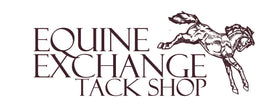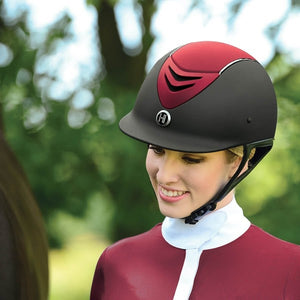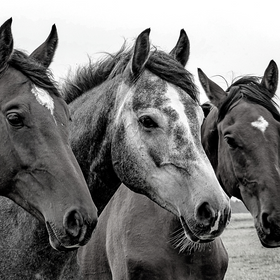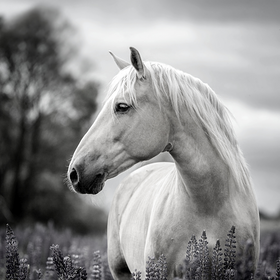
The Evolution of Equestrian Fashion
Horseback riding and fashion have almost always been interconnected. In many ways, the equestrian world has significantly influenced mainstream fashion. After all, equestrian styles have been considered timeless and classic for many years. How did this happen? Where does this all come from?
The Earliest Roots of Equestrian Fashion
The earliest evidence of horseback riding apparel dates back to around 1900 B.C. through depictions of men riding horses. Horses were domesticated in the 4th century B.C., and they were soon essential for travel, hunting, and warfare.
Historical evidence shows that dedicated riding apparel was worn in the Renaissance period in Europe. This was when horseback riding became more of a leisure activity than a practical one.
The 1700’s
In the 18th century, women would ride horses wearing fancy dresses or skirts. They would also sport a jacket, so the typical riding fashion was masculine on the top and feminine on the bottom.
It was common for women to have special tailors for their horseback riding attire. They were fancy and often made with bright colors and worked as “safety skirts.” If riders fell off, they would not get caught on the saddle.
The 1800’s
During the 19th century, equestrian fashion took a significant turn. Riding became common among the upper-middle class; therefore, equestrian clothes were less elaborate. The color scheme now trended towards primarily black or dark colors. Additionally, pants were introduced for female equestrians for the first time, with a skirt worn over the top.
In the late 1800s, American cowboys began to roam around the Wild West. This brought a new equestrian fashion to the scene: the cowboy hat, big boots, chaps, a lasso, and spurs. These were all protective and practical styles that created a classic look quite different from the European style.
The Cowboy West
In addition to their many other uses, domesticated horses have been used for centuries to herd livestock. This brings to mind the American cowboy who herds their cattle for hundreds of miles on horseback.
You may be surprised that the high-heeled boots with roweled spurs and the wide-brimmed hats originate from Spanish riding clothing. Durable riding pants, protective chaps, and a broad-brimmed hat also offered protection from the elements and were practical for the tough job of herding and raising cattle.
The 1900’s
The way horses were used changed during the industrial and transportation revolution. As trains and cars became mainstream modes of transportation, riding became associated with leisure and equestrian sports. And with the popularity of the women’s emancipation movement, this is when women started riding without skirts.
In the early 20th century, jodhpurs became trendy. Initially, these were riding trousers with wide hips and tight legs. This style originated in Jodhpur, India, back in the 13th century. However, they became trendy when they were introduced in England in the late 1800s.
With the industrial revolution underway, producing new fabrics and materials was happening in mass. Some of the new materials introduced were cotton-lycra, gore-tex, and oilskin. However, the classic equestrian fashion remained similar for a long time, even if disciplines had different dress codes. By this time, it was common for riders to wear a helmet, jodhpurs, black boots, and a riding jacket.
The Modern Equestrian Look
The core pieces of the modern equestrian competitor are boots, breeches, show shirts, and show coats. As seen repeatedly, fashion trendsetters have converted the practical equestrian outfit into a wearable, everyday fashion look. Paired with tall or ankle boots, skinny pants, a blouse, and a blazer- this look is elegant and timeless!





